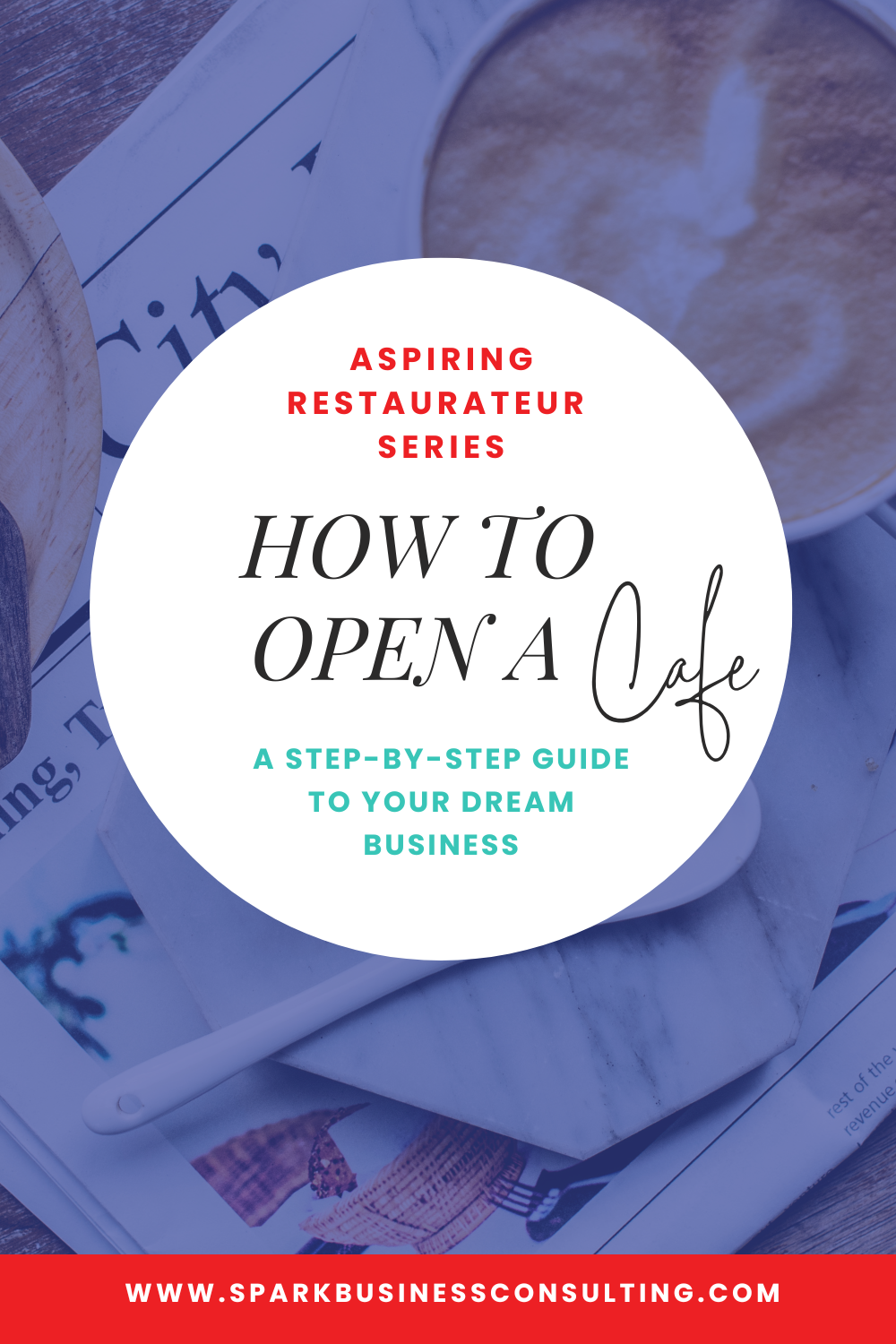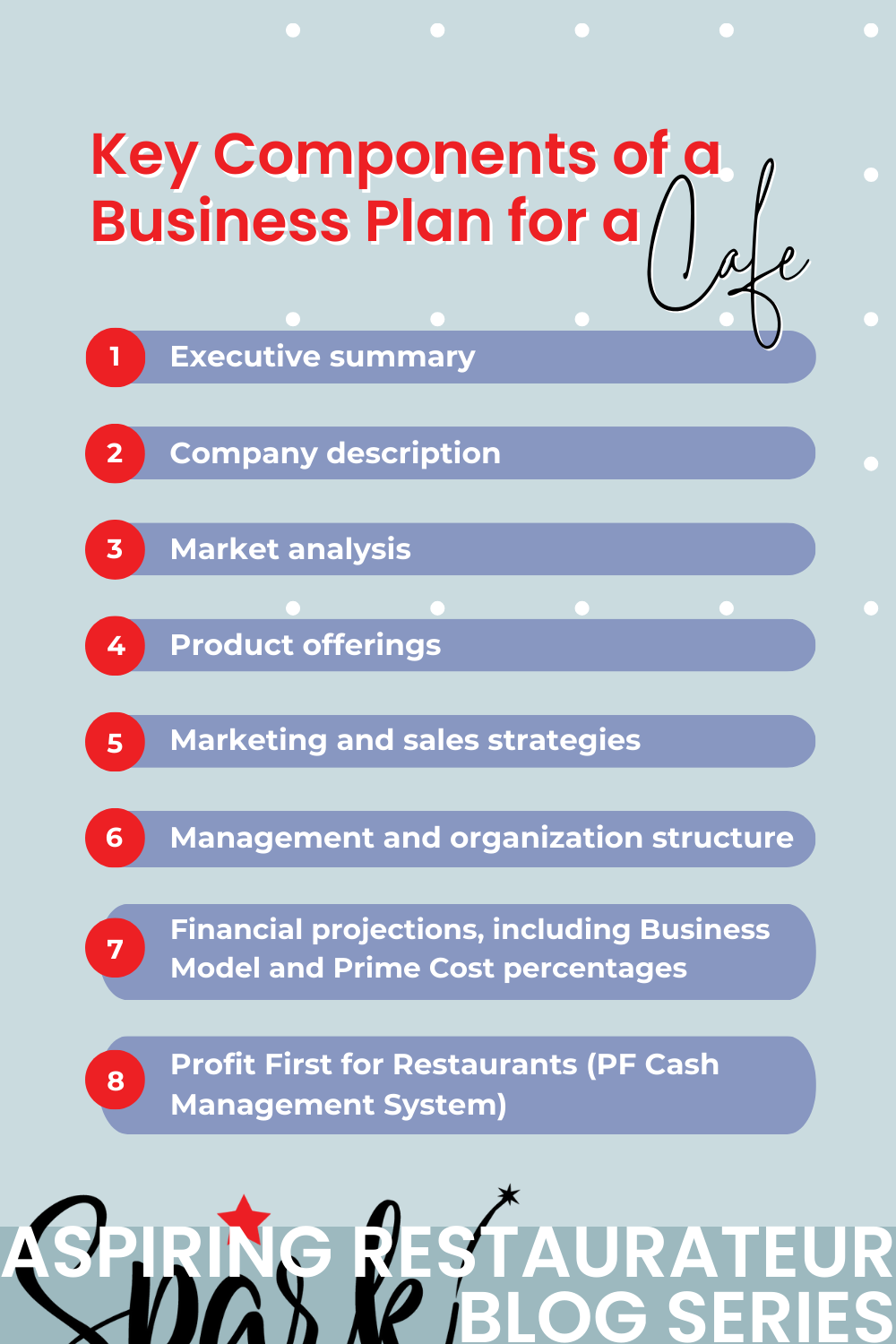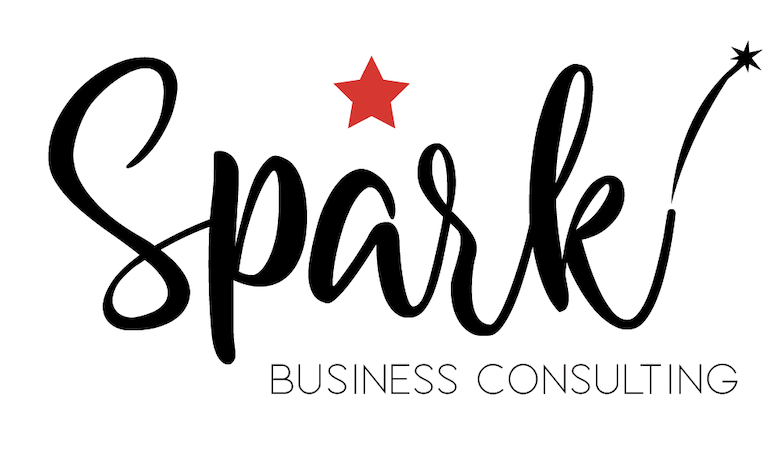Are you a coffee enthusiast with a passion for entrepreneurship? If so, opening your own café might be the perfect venture for you! But where do you begin? Follow this step-by-step guide to help you navigate the process of launching your dream café.
Step 1: Develop a Clear Concept
First and foremost, decide on the unique selling proposition of your café. Consider factors such as target audience, location, ambiance, and menu offerings. Will you serve specialty coffee, delicious pastries, or offer unique brewing methods? Having a clear concept will help your café stand out in a competitive market.
Step 2: Create a Business Plan
A comprehensive business plan is crucial for obtaining funding and keeping your café on track. Key components include:
- Executive summary
- Company description
- Market analysis
- Product offerings
- Marketing and sales strategies
- Management and organization structure
- Financial projections, including Business Model and Prime Cost percentages
- Profit First for Restaurants (PF Cash Management System)
Understanding Your Business Model
To create a solid financial foundation for your café, you need to develop a detailed understanding of your business model. This involves identifying your main revenue streams, estimating your prime cost percentages (Cost of Goods Sold (COGS) and Labor (Payroll)), and outlining your strategy for profitability.
Start by determining the pricing structure for your menu items, factoring in COGS and labor costs. Aim to keep your prime cost percentages below 60-65% of your total sales, allowing for sufficient profit margins. Additionally, account for fixed costs like rent, utilities, and insurance, as well as variable costs such as marketing expenses.
Step 3: Secure Funding
With a solid business plan in hand, approach banks, investors, or other financing options to secure funding, if needed. Be prepared to present your plan and discuss your café’s unique selling points.
Step 4: Choose a Prime Location
Location is a critical factor in the success of any café. Research your target market and competition to determine the best area for your business. Consider factors such as foot traffic, parking, visibility, and accessibility to public transportation. Also, note if there are other similar businesses in the area where you can “piggy back” off their audience.
Step 5: Design Your Café and Source Equipment
Design your café with your target audience and brand identity in mind. Prioritize functionality and workflow, as well as aesthetics. Work with a professional designer or architect if needed to create a welcoming and efficient space. Simultaneously, invest in high-quality equipment to ensure a smooth operation. You’ll need items such as espresso machines, grinders, brewing equipment, refrigerators, and display cases.
Step 6: Select Suppliers and Obtain Necessary Permits
Research and select suppliers for your coffee beans, pastries, and other menu items. With your suppliers and equipment in place, make sure you have all the required permits and licenses to operate your café. These may include business licenses, health permits, food service licenses, and building permits. Requirements vary by location, so check with your local government to ensure you’re in compliance.
Step 7: Hire and Train Staff
Your staff will be the face of your café, so carefully select and train your team. Look for individuals with excellent customer service skills, a passion for coffee, and experience in the food service industry. Provide comprehensive training on your menu, equipment, and company culture.
Step 8: Develop a Marketing Strategy
Spread the word about your café through both online and offline channels. Create a website, build a presence on social media, and consider using traditional advertising methods like print ads or radio spots. Host a grand opening event to create buzz and build relationships with your local community.
Step 9: Implement Profit First for Restaurants (MacDaddy PF Cash Management System)
To ensure your café remains profitable, consider implementing the Profit First for Restaurants (PFR) cash management system. This method, also known as the MacDaddy PF Cash Management System, prioritizes profit allocation before covering expenses.
The PFR system involves setting up multiple bank accounts to allocate revenue into different categories, such as profit, owner’s pay, taxes, and operating expenses. By following this system, you’ll be able to maintain healthy cash flow and ensure your café remains financially stable.
Step 10: Launch and Iterate
With everything in place, it’s time to open your café! Once you’re up and running, regularly evaluate your business performance and adjust your strategies as needed. Continuously refine your menu, marketing efforts, and customer experience to ensure long-term success.
Opening a café requires careful planning, but with passion, determination, and the right strategy, you can turn your dream into a thriving business. By following these eleven steps, you’ll be well on your way to creating a café that will be a cherished part of your community. Happy brewing!



